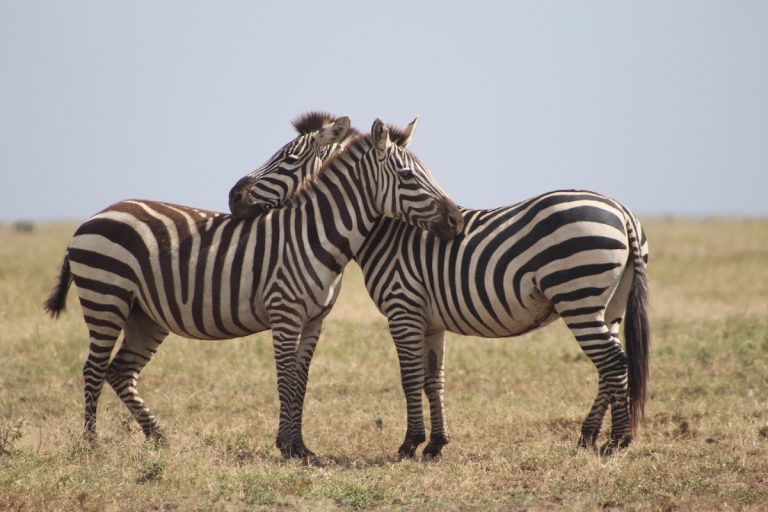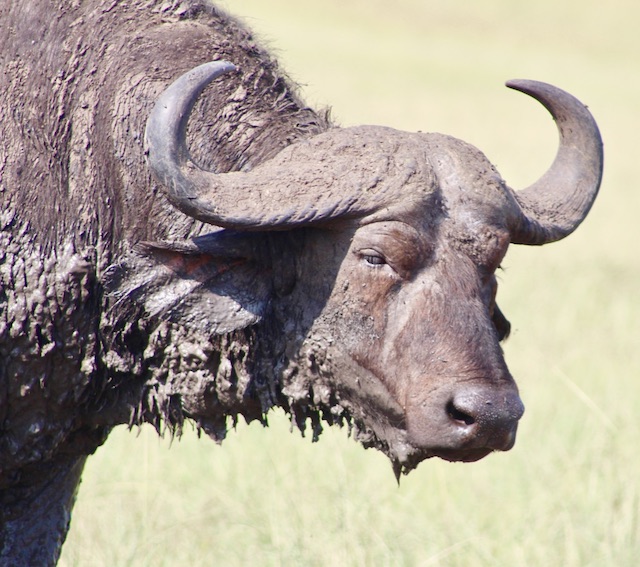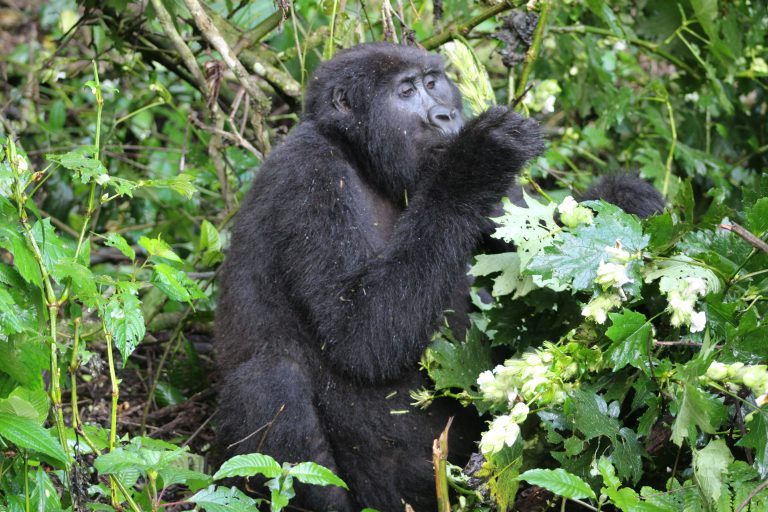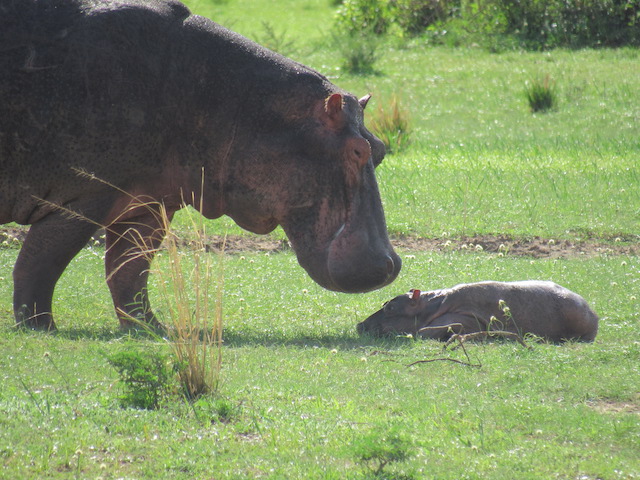The amazing Birding Uganda Safari for Albertine Rift Endemics. This tour will take you to the national parks with Albertine rift endemics in Uganda. Mgahinga National Park is the smallest national Park with over 180 bird species including Albertine Rift Endemics. Bwindi Impenetrable National Park is the best birding spot is Africa with 23 of Uganda’s 24 Albertine Rift endemics. The famed Mt Rwenzori also known as “mountains of the moon” is home to 19 Albertine Rift endemics. Semuliki National Park is is rich with Central African species.
Key Species
Malachite, Purple-breasted, Regal, Scarlet-tufted Sunbirds, Rwenzori Turcaco, Archer’s Robin Chat, Cape Robin, White-starred Robin, African Green Broadbill, Handsome Francolin, Rwenzori Batis, Collared Apalis, Dusky Crimsonwing, Yellow-billed Barbet, Bar-tailed Trogon, Lagden’s Bush-Shrike, Waller’s Starling, Dwarf Honey-Guide, Oriole Finch, Doherty’s Bush-Shrike, Red-headed Malimbe, Grey-headed Sparrow, Dusky Twinspot, Think-billed and Streaky Seedeaters, Rwenzori Nightjar, Cassin’s Hawk Eagle, Toro-Olive Greenbul, Black Bee-eaters.
Habitat
Forest, Acacia Savanna, grassland, agricultural lands, Riverine Forest, Moist woodland, Borassus Palm Savannah, Papyrus Swamps, and Lakes
Optional Activities
- Golden Monkey Trekking
Day 1: Arrival for this Birding Uganda Safari
On arrival at Entebbe international airport, you will be received by a representative of Kagera Safaris and transferred to your hotel in Entebbe. Depending on time of arrival time you have an opportunity to bird the Entebbe botanical gardens as an introduction to Uganda birding for a variety of species.
Drive time – 20 minutes
Day 2: Birding to Mgahinga Gorilla National Park
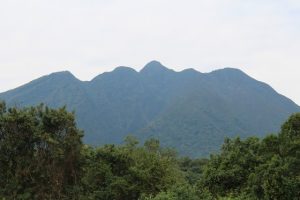 Today, after an early breakfast, continue on the birding Uganda safari to the beautiful Mgahinga Gorilla National Park. Mgahinga Gorilla NP is the country’ most scenic and smallest Park.
Today, after an early breakfast, continue on the birding Uganda safari to the beautiful Mgahinga Gorilla National Park. Mgahinga Gorilla NP is the country’ most scenic and smallest Park.
We shall have several stopovers birding in specific swampy areas and agricultural lands for unique bird species. We arrive at our lodge/hotel later that evening looking to full bird day the next day in Mgahinga gorilla national park for the Albertine rift endemics.
Drive time – 9 hours OR Scheduled Flight – 1 hour 50 minutes
B, L & D
Day 3: Birding Uganda Safari in Mgahinga Gorilla National Park
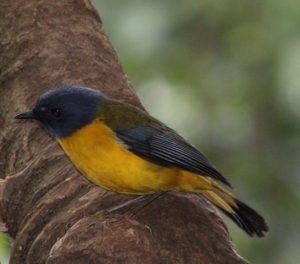 Mgahinga gorilla national park has about 180 recorded bird species, which include Albertine rift endemics. Today we traverse a variety of montane habitats along the Gorge trail seeking out the different bird species unique to this region.
Mgahinga gorilla national park has about 180 recorded bird species, which include Albertine rift endemics. Today we traverse a variety of montane habitats along the Gorge trail seeking out the different bird species unique to this region.
The species to search for include; The Dusky Turtle Dove, Cape Robin-chat, Brown-crowned Tchagra, Bronze Sunbird, Black-headed Waxbill and Streaky Seedeater. At 2500m, we may encounter the Handsome Francolin, Kivu Ground Thrush and Cinnamon Bracken Warbler, White Starred Robin, Greater Double collard Sunbird, Rwenzori Turcaco, Rwenzori Batis, Shelly’s Dusky Crimsonwing, Archer’s Robin Chat, Olive Pigeon, and Black headed waxbill, Western Green Tinkerbird, Malachite Sunbird, Cape Robin. More species include; White-starred Robin, Brown Woodland Warbler, Striped breasted Tit, Malachite and Scarlet-tufted Sunbirds also found in this forested area.
B, L & D
Day 4: Transfer to Bwindi impenetrable forest – Ruhija Sector
Bwindi Impenetrable is the richest forest in East Africa in relation to its trees, butterflies and birds. It is home to over 360 Mountain Gorillas – half of the world’s population. The bird list for the park currently totals 347 species. The forest has 10 of the 26 globally threatened species in Uganda, five of which are vulnerable and boasts of 24 of Uganda’s 25 Albertine Rift endemics.
In Ruhija the birds we hope to sight include the; Rwenzori Batis, Collared Apalis, Montane Sooty Boubou, Banded Prinia, Mountain and Yellow-streaked Greenbul.Shelley’s Crimsonwing, Mountain Illadopsis, Archer’s Robin-chat, White-starred Robin, Strange Weaver, Blue headed, Purple-breasted and Regal Sunbirds, Northern Olive Thrush, Abyssinian Crimsonwing, Black headed Waxbill, Dusky Crimsonwing, Willcock’s Honeyguide, Sharpe’s Starling and many others.
We will have stopovers at Echuya forest for good birding opportunities and possible sightings of Albertine rift endemics.
Drive time – 4 hours
B, L & D
Day 5: Birding in Ruhija sector – Birding Uganda Safari
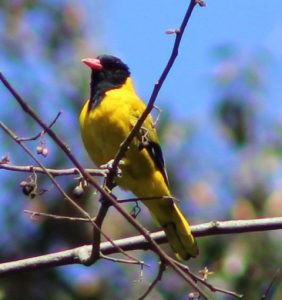 Today on the birding Uganda Safari, we bird towards Mubwindi Swamp where the trail drops steeply through the dense forest and then winds through swampy forest. Initially the birds on the trail are similar like those encountered before but more time spent will provide opportunities for the rare and localized African Green Broadbill now known as Grauers Broadbill. It prefers to nest near the Mubwindi Swamp and can be difficult to locate while on this trip but with excellent site guides there are high chances of locating it.
Today on the birding Uganda Safari, we bird towards Mubwindi Swamp where the trail drops steeply through the dense forest and then winds through swampy forest. Initially the birds on the trail are similar like those encountered before but more time spent will provide opportunities for the rare and localized African Green Broadbill now known as Grauers Broadbill. It prefers to nest near the Mubwindi Swamp and can be difficult to locate while on this trip but with excellent site guides there are high chances of locating it.
Other birds to lookout for in this area of Bwindi impenetrable national park are; Yellow-billed Barbet, Black-billed Turaco’s, Bar-tailed Trogon, White-headed Hoopoe, Montane Oriole, Pink-footed Puffback, Lagden’s Bush-Shrike, Waller’s Starling, localized Grauer’s Rush Warbler, Dwarf Honey-Guide, Rufous-breasted Sparrowhawk, Oriole Finch, Doherty’s Bush-Shrike, Red-headed Malimbe, Yellow-eyed Black Flycatcher, Grey-headed Sparrow, Dusky Twinspot, Think-billed and Streaky Seedeaters, Rwenzori Nightjar etc.
B, L & D
Day 6: Birding “the Neck” of Bwindi forest
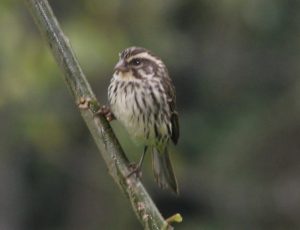 We leave Ruhija Section of Bwindi to Buhoma for Gorilla tracking and more birding opportunities. On our way, we bird “The Neck” – this is an important habitat and offers high chance to see the Cassin’s Hawk Eagle, Toro-Olive Greenbul, Black Bee-eaters, Bronze-napped Pigeon, the rare Chapin’s Flycatcher, Cassin’s grey flycatcher, pink footed puffback, Mountain wagtail etc.
We leave Ruhija Section of Bwindi to Buhoma for Gorilla tracking and more birding opportunities. On our way, we bird “The Neck” – this is an important habitat and offers high chance to see the Cassin’s Hawk Eagle, Toro-Olive Greenbul, Black Bee-eaters, Bronze-napped Pigeon, the rare Chapin’s Flycatcher, Cassin’s grey flycatcher, pink footed puffback, Mountain wagtail etc.
Driver time – 3 hours
B, L & D
Day 7: Birding to Buhoma Sector – Birding Uganda Safari
Buhoma section of Bwindi Impenetrable National Park has tracks that run through the forest offering excellent bird viewing points.
The bird species to look out on these trails include; Brown, Blue-headed, Northern Double-collared and Grey headed Sunbirds, Black Bee-Eater, Kivu Ground Thrush, Cinnamon-chested Bee-eater, Common Stonechat, Black throated Robin chat, Barred Long tailed Cuckoo, Black throated Apalis, Mountain Masked Apalis, Chin spot Batis, Rwenzori Batis, African broadbill, Montane Oriole, African Golden Oriole, Thick-billed Seedeater, Streaky Seedeater, Handsome Francolin and White-bellied Robin-chat, Cape wagtail, White-chinned Prinia, Olive Green and Grey-backed Camropteras etc.
B, L & D
Day 8: Gorilla trekking
Gorilla trekking in Bwindi impenetrable national park is a rewarding experience which takes you through the thick impenetrable forest in search of gorillas. The experience hiking through the forest is rewarding even before you sight the gorillas.
Today morning after an early breakfast together with packed lunch, your driver guide will transfer you to the starting point where you will receive a briefing from the park ranger guide on how to prepare for the gorilla trek. Your ranger guide will lead the way in the forest first on well cleared paths but soon you get off to the bushes and thickets where he will help to clear them with a cycle he carries with him. Soon you will be in sight of these enormous creatures.
B, L & D
Day 9: Birding to Mount Rwenzori National Park
This day, we start early after breakfast, carry packed lunch and bird toward Rwenzori Mountains National Park. We drive through Queen Elizabeth national park therefore having many opportunities for birding stops even before reaching our destination for the night. Look out for the tree climbing lions in Ishasha, there is a possibility of sighting these while driving through Ishasha towards Rwenzori mountains national park.
Drive time – 5 hours
B, L & D
Day 10: Birding in Rwenzori Mountains National Park
We start early and search for the special Rwenzori birds which include; Bamboo warbler, Rwenzori Turaco, Rwenzori Double-collared Sunbird, Rwenzori Hill-Babbler, Rwenzori Nightjar, the Abyssinian, Red-faced, Dusky and Shelley’s Crimsonwing, Rwenzori Batis,Grey Apalis, Woodhouse Antipecker, Cassin’s Hawk-eagle, Grauer’s Cuckoo-shrike, Banded Prinia, Willcock’s Honeyguide, Kivu Ground Thrush, Cassin’s Grey Flycatcher, Sooty Flycatcher and many more.
B, L & D
Day 11: Birding tour to Semuliki National Park
Today morning, we bird our way to Semuliki national park for a range of central African bird species found only here in East Africa. We will have birding stopovers en route to our accommodation for the night where we arrive later that evening ready to explore this park.
Drive time – 3 hours
B, L & D
Day 12 & 13: Birding in Semuliki National Park
Birding in Semuliki national park, we look out for a number of predominantly Central African species which cannot be found anywhere else in East Africa such as; Long-tailed Hawk, Congo Serpent Eagle, Lyre-tailed Honeyguide, the Black-Casqued Wattled, Piping, Red-billed Dwarf and White-crested Hornbills, We also look out forBlue Swallow, White-throated Blue Swallow, Swamp Palm Bulbul, Spotted Greenbul,White-starred Robin, Lowland Akalat, Red-throated Alethe, Fire-crested Alethe, Snowy-headed Robin-Chat, Blue-shouldered Robin-Chat, Red-eyed Puffback, White-tailed Robin-Chat, Northern Bearded Scrub-Robin, Capped Wheatear, Common Stonechat, Abyssinian Ground-Thrush, Oberlaender’s Ground-Thrush, Grey Ground-Thrush, Little Grey Greenbul, Toro Olive Greenbul, Mountain Greenbul, Yellow-throated Nicator, Western Nicator etc.
B, L & D
Day 14: End of Birding Uganda Safari
This marks the end of your Uganda safari for Albertine Rift endemics. We hope you had an amazing time watching the birds of Uganda and enjoying the scenery and people of this country including the fresh organic fruits and foods. We hope to visit again to explore other areas of the country you were not able to visit on this trip. Bon Voyage!
Drive time – 8 hours OR Scheduled Flight – 1 hour 35 minutes
B & L


